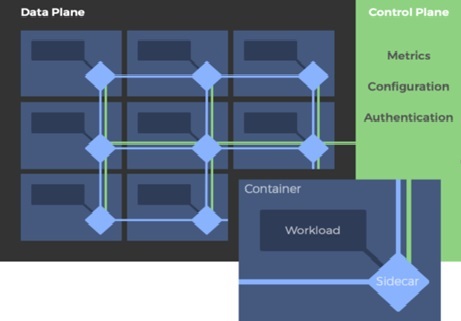Have a Clear Strategy Before Deploying Multicloud
Having a clear strategy before deploying multicloud means that you have a well-defined plan in place for how you will manage multiple cloud services and providers to meet your organization's business requirements. This strategy should include considerations such as selecting the appropriate cloud providers, designing a cloud architecture that meets your needs, managing resources and data across multiple clouds, and ensuring the security and compliance of your workloads.

Figure 1. Have a Clear Strategy Before Deploying Multicloud
Have a Clear Strategy Before Deploying Multicloud is shown in Figure 1. A multicloud strategy goes beyond just having workloads in more than one cloud provider. A proper multicloud strategy means being specific about designing and deploying resources, including planning the approach taken when deploying services across more than one provider. This strategy could entail using purely consumer-based providers (such as AWS, Azure, and GCP), using different clouds within the same provider, or including a mix of private cloud providers.
Benefits of multicloud strategy
There are many reasons why organizations adopt a multicloud strategy. Most organizations move to a multicloud environment to mitigate the risks of a single cloud environment. Other teams can opt for a multicloud strategy in order to leverage different providers’ strengths and technology stacks. Depending on these drivers, there are three significant benefits of adopting a multicloud strategy:
- Resilience
- Flexibility
- Compliance
The Advantages of Multi-cloud Infrastructure
No matter the use case or rationale, companies achieve a number of advantages from deploying a multi-cloud infrastructure, including:
- Better Reliability and Lower Latency: In a failover scenario, if one cloud goes down, companies with a multi-cloud strategy have others to fall back on. If a company uses multiple clouds for data sovereignty or in combination with a CDN, they see reduced latency as their clouds are located closer to end users.
- Redundancy: With data in multiple, isolated clouds, companies are better protected from threats. If cybercriminals are able to access one set of data, companies are more likely to recover if they can restore from a second cloud environment that operates on a separate network.
- More Freedom and Flexibility: With a multi-cloud system, if something’s not working or if costs start to become unmanageable, companies have more leverage to influence changes and the ability to leave if another vendor offers better features or more affordable pricing. Businesses can also take advantage of industry partnerships to build flexible, cloud-agnostic tech stacks using best-of-breed providers.
- Affordability: It may seem counterintuitive that using more clouds would cost less, but it’s true. Diversified cloud providers like AWS make their services hard to quit for a reason—when you can’t leave, they can charge you whatever they want. A multi-cloud system allows you to take advantage of competitive pricing among platforms.
- Best-of-breed Services: Adopting a multi-cloud strategy means you can work with providers who specialize in doing one thing really well rather than doing all things middlingly. Cloud platforms specialize to offer customers top-of-the-line service, features, and support rather than providing a one-size-fits all solution.
Having a clear strategy before deploying multicloud is crucial for a successful implementation. It allows organizations to align their business requirements with the right cloud providers, design a suitable cloud architecture, and establish effective cloud management and security strategies.
By considering factors such as workload distribution, data management, automation, and compliance, organizations can optimize their multicloud deployments and maximize the benefits of using multiple cloud providers. With a well-defined strategy in place, organizations can reduce complexity, improve efficiency, and enhance their overall cloud experience.
References:
- https://circleci.com/blog/multicloud-strategy/
- https://www.backblaze.com/blog/multi-cloud-strategy-architecture-guide/
Cite this article:
Gokula Nandhini K (2023), Have a Clear Strategy Before Deploying Multicloud, AnaTechMaz, pp.85















